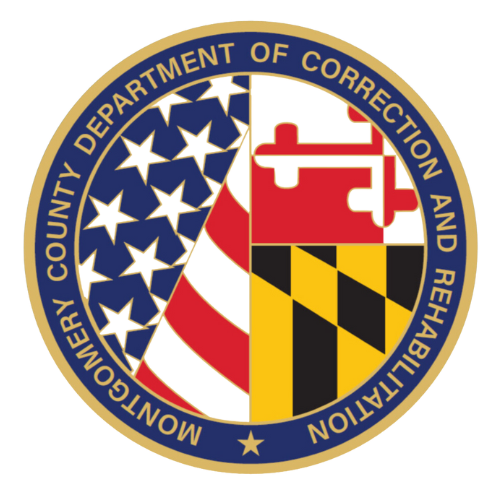Pre-Release and Reentry Services
Community Advisory Committee Meeting Minutes
Attendance:
Committee Members and Guests Attendance:
Deby Armstrong, State' Attorneys Office; Amy Bransford, Parole & Probation; Eric Brenner, Maryland State Governor's Grants Office; Father Michael Bryant; Thomas DeGonia, Private Attorney; Paul DeWolfe, Public Defenders'Office; Shawn Flower, Choice Research Association; Larry Giammo, Matrix Knowledge Group; Christine Johnson, PRRS Unit III Manager; John Jones, Community Member; Susan Kirk, Bethesda Cares; John Lavigne, Public Defenders Office; Stefan LoBuglio, PRRS Division Chief; Kent Mason, Community Member; Mary Mulholland, Silver Spring Interfaith Housing Coalition; Jah-Asia Nuru; Dr. Diane Scott-Jones, Community Member; Ada Stein, Matrix Knowledge Group; Teresa Still, PRRS Assessment and Audit Supervisor
Introductions
Stefan LoBuglio welcome the group
I. Welcome and Introduction:
Co-Chairs Dr. Diane Scott-Jones and Mr. Thomas M. DeGonia convened the meeting at 7:40 A.M. The first order of business involved recognizing the nine years of service provided by former CAC Chair John Lavigne who stepped aside in December, and he received a plaque from Division Chief Stefan LoBuglio. Following the presentation, the Co-Chairs had each of the meeting attendees to introduce themselves, and at the request of Stefan, formally introduced themselves to the committee as the new Co-Chairs. Stefan thanked the Subcommittee Selection Committee of CAC members Eric Brenner and Tim Warner for suggesting Diane and Tom as Co-Chairs. In order to preserve continuity of leadership, the subcommittee also suggested that the Co-Chairs serve staggered terms, and Diane will serve a renewable two-year term and Tom a one-year term.
II. Chief's Report: Division Chief Stefan LoBuglio presented the Chief's report which serves as an addendum to these minutes. Among the items he discussed and more fully described in the Report were the recent State Audit of the program, the preliminary results of
an on-going recidivism analysis, and the launch of a new Strategic Planning Process at the Pre-Release and Reentry Services (PRRS) Division.
III . Community Advisory Committee - - Review of Purpose and Structure:
Co-Chairs Scott-Jones and DeGonia led a wide-ranging discussion of how the Community Advisory Committee (CAC) can more effectively support the PRRS. Some of the comments
of the CAC members included:
- The CAC could choose to focus on a specific goal in a given year and use its quarterly meetings to support this goal (housing and employment were cited as examples) rather than to feature a different reentry topic at each meeting.
- The CAC could assist PRRS in four ways: first, to help develop community linkages; second, to ensure that the CAC's membership remained diverse and relevant; third, to help defend the program should PRRS encounter a highly publicized negative incident involving
a PRRS client; and fourth, to hold the program accountable and transparent to the public.
- The CAC could arrange to invite citizen's associations, directors of government agencies such as HHS and economic development, and prospective employers to the quarterly meetings.
- The CAC members could read the Division Chief's Report in advance of the meeting and
the presentation of the Report during the meeting could be shortened to allow for more
discussion time among the members of the topics in the Report and of other topics.
There was interest in having the CAC hear from current and former residents of the program, and this would complement the statistical reports.
- The CAC could invite the directors of government agencies.
- The CAC chairs and members might speak at community meetings by organizations such as the Rotary Club and League of Women voters.
- The CAC members could receive more e-mails about PRRS in between meetings.
- The CAC Co-Chairs and the Division Chief need to meet one week before each meeting to prepare the agenda.
The Discussion concluded with the Co-Chairs making the following requests:
- The members continue to share with them, via e-mails, their ideas about improving the effectiveness of the Community Advisory Committee;
- The Division Chief arrange for a panel of residents to speak with the CAC members for half of the meeting in August. PRRS staff will not be present for this portion of the meeting.
- The Co-Chairs asked that each CAC member to invite at least one prospective employer of PRRS residents to the November meeting.
The remaining CAC Meetings in 2009 are scheduled for:
- Thursday, August 20, 2009 at 7:30 A.M.
- Thursday, November 19, 2009 at 7:30 A.M.
